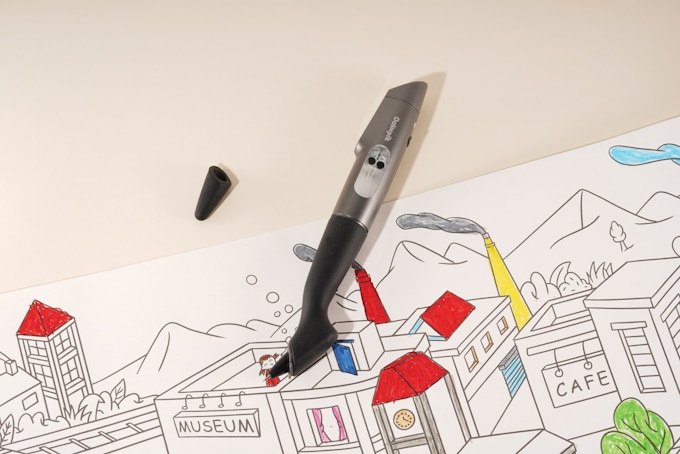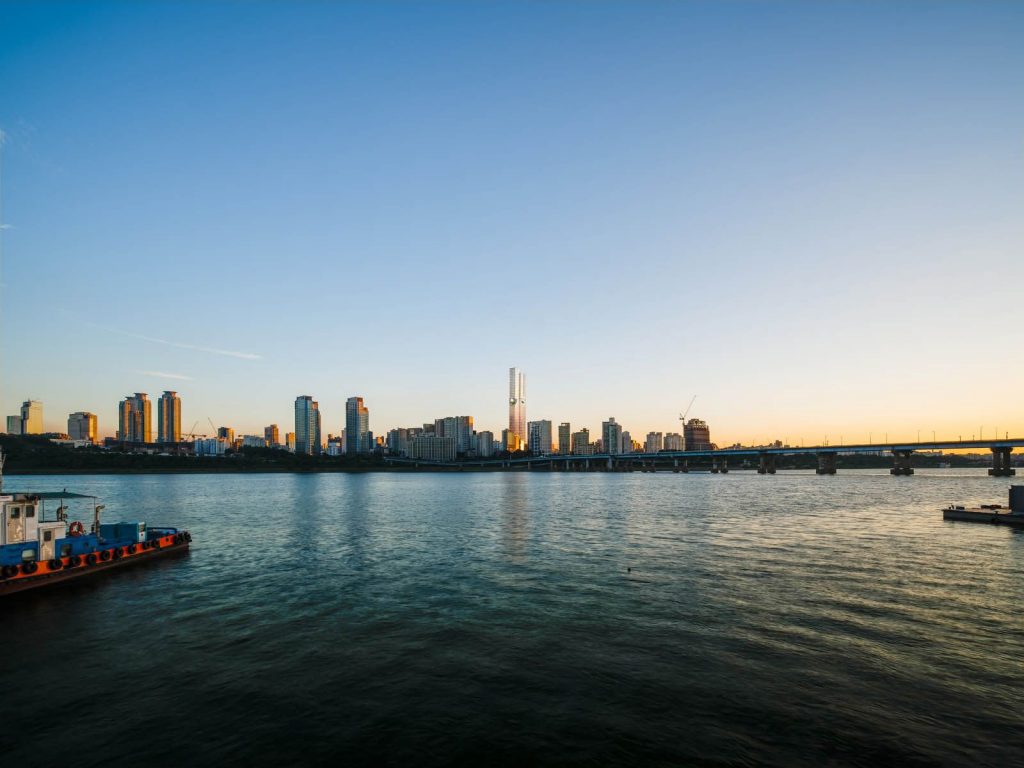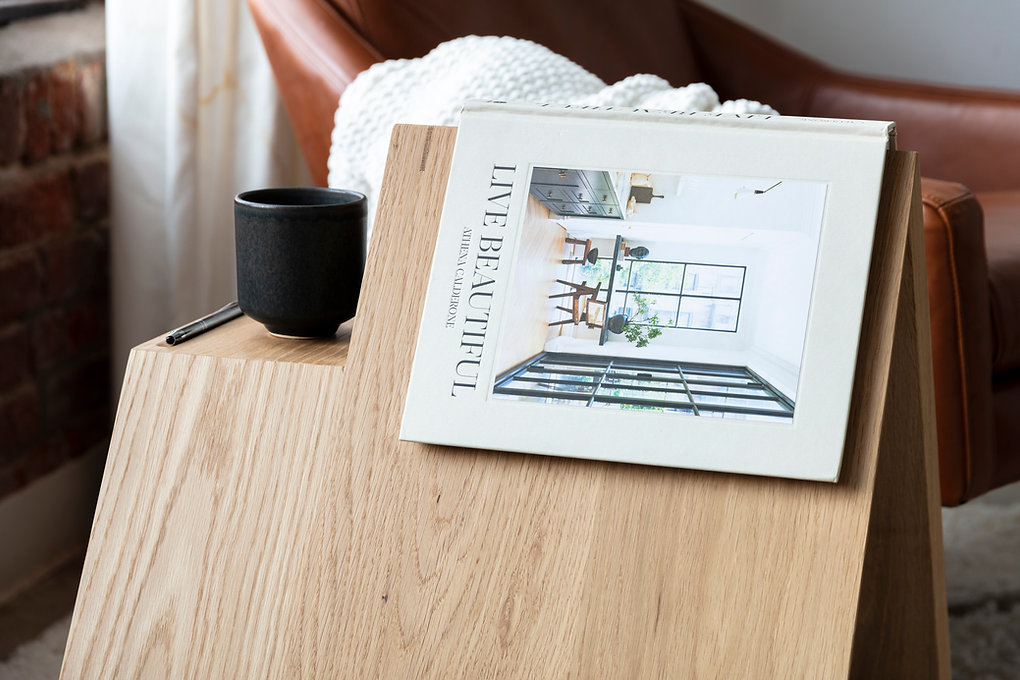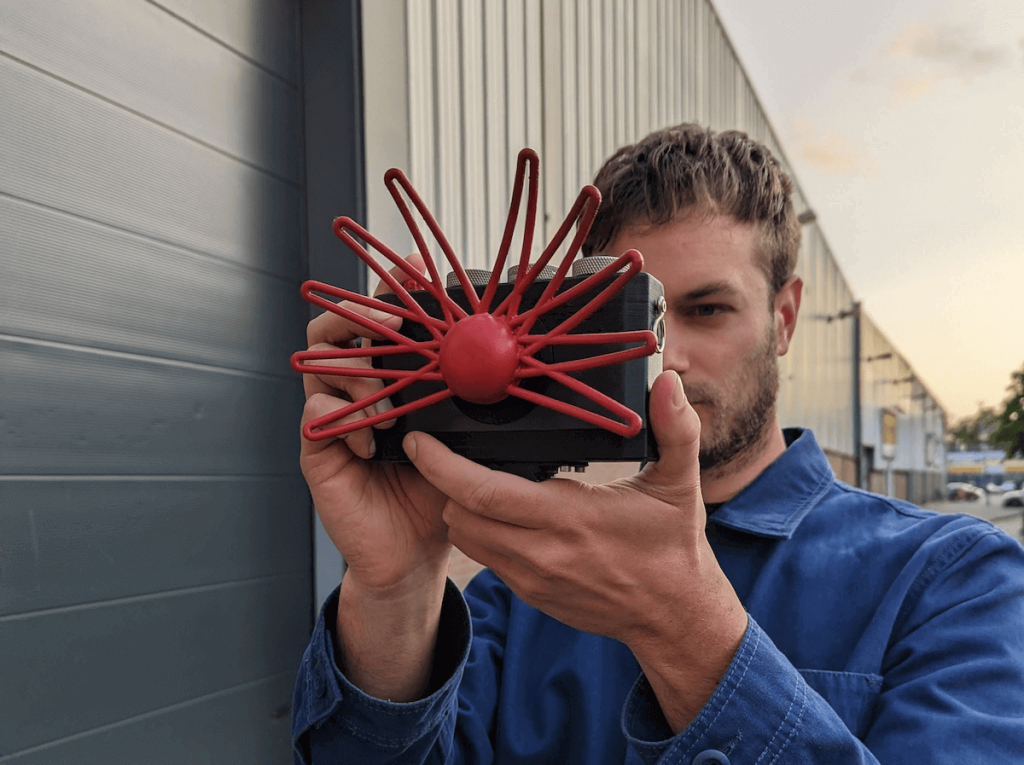Some people just can’t get enough of bags. These bag designs encourage us to expand our idea of what a bag should be like beyond restraints. Versatile, flexible and wacky – these designs will definitely be a gem in any bag collection.

Some people just can’t get enough of bags. These bag designs encourage us to expand our idea of what a bag should be like beyond restraints. Versatile, flexible and wacky – these designs will definitely be a gem in any bag collection.

What’s remarkable about these unique and distinctive bags is that they have the potential to bring about a more sustainable fashion trend. Experimenting with new styles and new manufacturing procedurs, product designers behind them try to make one of the most wasteful industries a little more eco-conscious.

A fallen tree can serve as a seat. Damaged or unhealthy trees from your backyard that have sentimental value to your family can be repurposed to a meaningful object. These product designers and artists use wood from the cut and fallen trees to make outstanding furniture and incredible art.

For those who loves coffee, it is not just a beverage. It is a must during the day in the kitchen, home office, or while out in the wilderness. These portable coffee machines redefine the coffee making experience and bring the joy of brewing to any space, ensuring that the perfect cup of coffee is always within reach.

Life is a spectrum of beautiful colours. Is there an easier way to reflect this beauty than doodling with coloured felt-tip pens? No matter if you are an artist, designer or just a doodling enthusiast, these innovative pens can be true magic wands that will let you unlock your endless creative possibilities.

The correct set of tableware has the potential to completely transform your dining experience, creating a wonderful ambiance for a meal. But this multi-functional crockery designs can do even more. Turn them into food containers, frying pans or even kitchen furniture.

“The skyscraper and the twentieth century are synonymous; the tall building is the landmark of our age,” wrote architectural critic Ada Louise Huxtable. From the Art Deco movement at the beginning of the 20th century to neo-futuristic styles of today, each skyscraper is a wonder of engineering that defines the skyline of the city. Designing a skyscraper is a dream of almost every architect, but we have selected several recent projects that are seeking to reinvent the modern skyscraper with higher, more cutting-edge designs.

When you read books, the stories in them transport you to the world within the pages of the book. When it is time to return to your daily routine, bookmarks are used to keep track of your progress in a book, so you can easily return to where the previous reading session ended. We have curated a collection of unique, functional, and interesting designs that are a must-have for all the book lovers.

According to research by business professors Page Moreau and Marit Gundersen Engset, “free-building” from a pile of mismatched LEGO enhances creativity. We won’t be surprised to know that’s what the creators of these extraordinary designs built using your favourite toy bricks owe their out-of-the-box thinking to.
The era of instant photography, and Polaroid as its epitome, reached its peak in the 1970s, but had to face a dramatic fall – first, when as video cameras and 35-millimeter cameras became smaller and cheaper and then after it dealt with the realities of the digital photography boom. However, these days instant cameras are making their comeback – this time, using the technologies of the day, like AI.

Type on the field below and hit Enter/Return to search